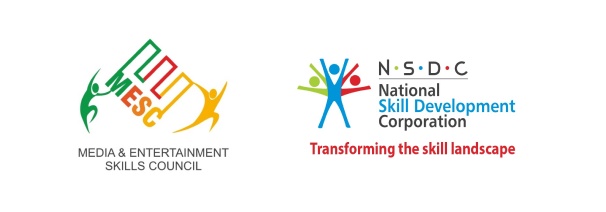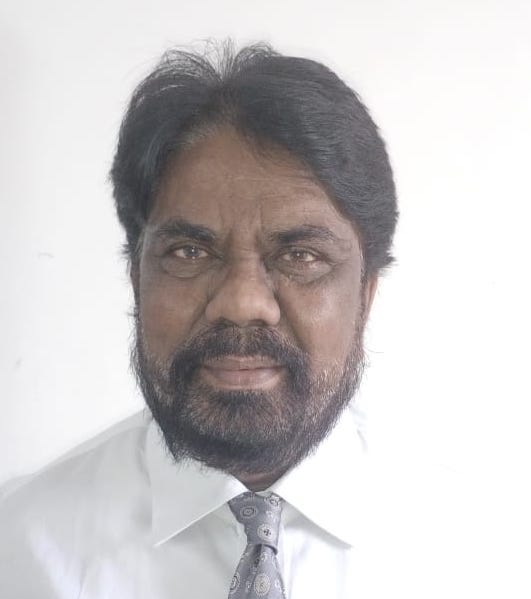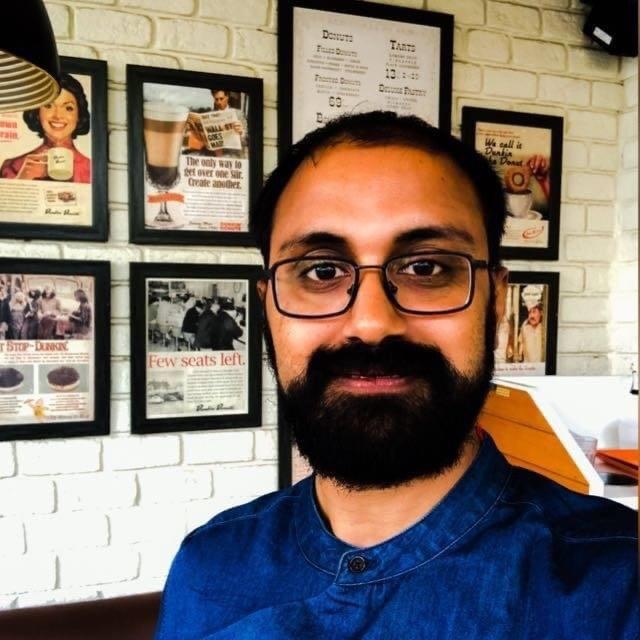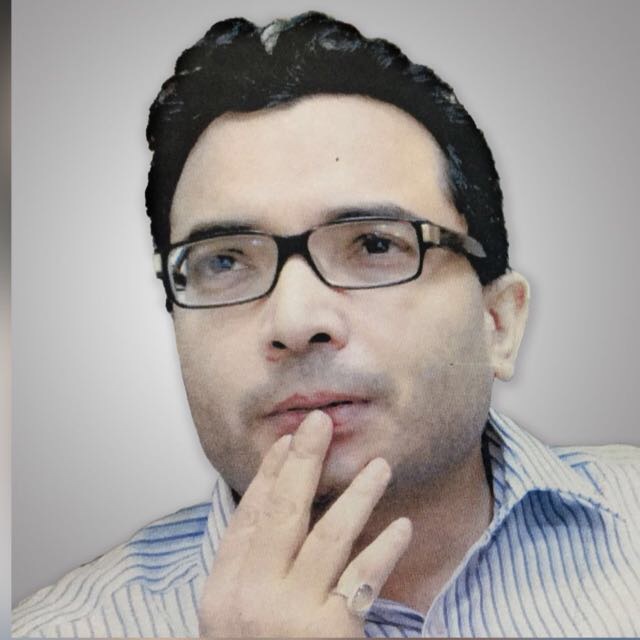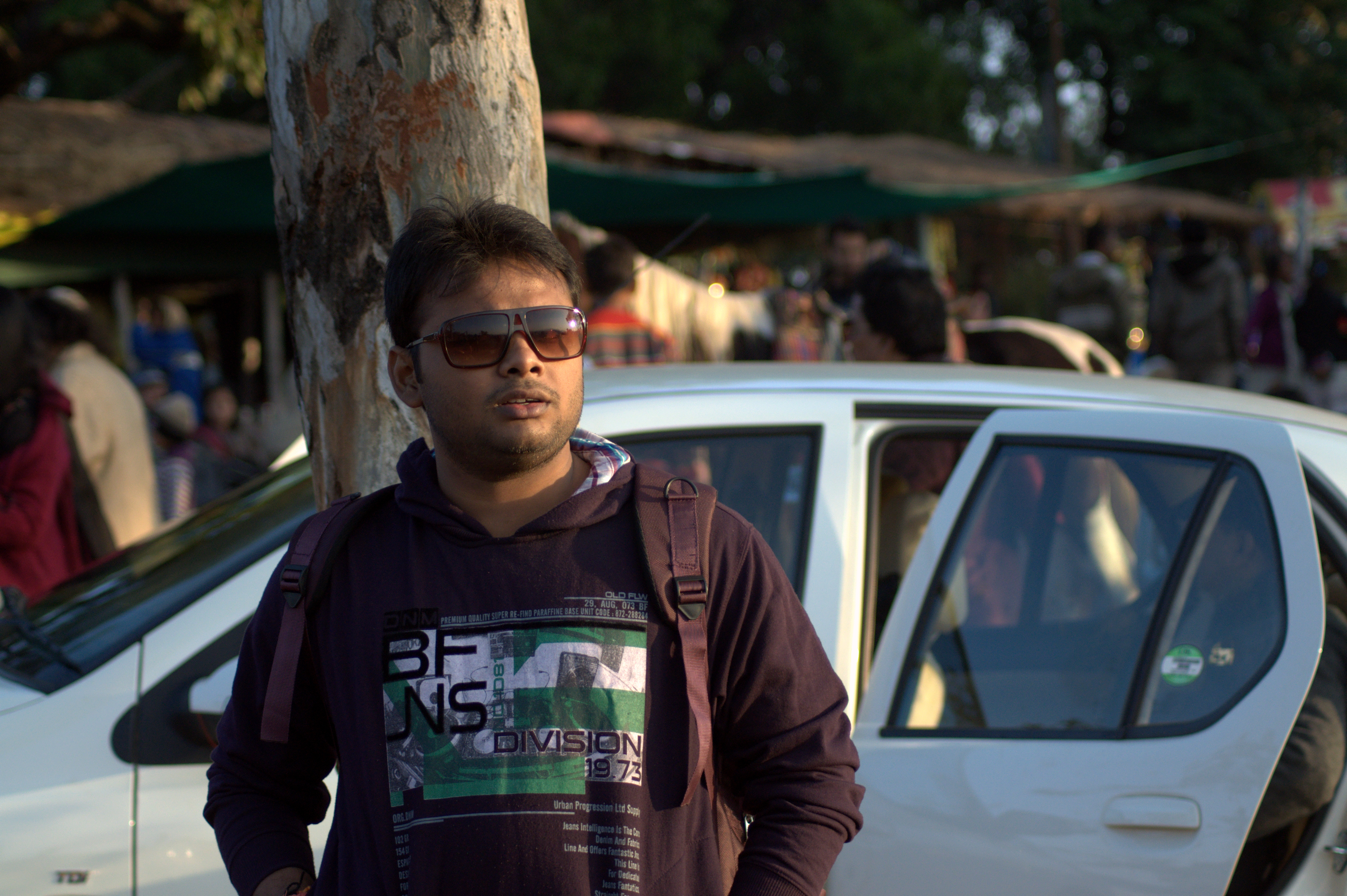While art, music and literature have existed since the beginning of human culture, cinema is a much younger medium, coming into existence in the late 19th Century, a little more than a hundred years ago. Cinema has changed drastically ever since. With rapidly advancing technology and tumultuous political and cultural upheavals across the globe, Cinema has proven to be a fluid medium, adapting to every challenge, be it the coming of Television, physical media and the internet, Cinema has survived, owing to its ability to connect with the masses. In Film Appreciation, we analyse the history of Cinema, the filmmakers and film movements that continue to influence modern films and the medium’s enduring importance in pop culture. The study of Cinema’s history is a must for every aspiring filmmaker, film critic and film enthusiast.
Our robust syllabus covers the most influential film movements in Cinema history as well as special emphasis on major Hollywood filmmakers such as Buster Keaton, Charlie Chaplin and Alfred Hitchcock as well as critical analysis of various films.
- Introduction
The first module covers the beginning of the cinema medium, charting the first experiments and the initial attempts by filmmakers in France and America, with a focus on the films of Georges Méliès, a pioneer in the field of early special effects, and DW Griffith, the great American filmmaker who is said to have given the visual language of cinema its grammar.
- 1A – History of the Moving Image
How the concept of a motion picture came to be, from the philosophies of the Romans to the invention of the Cinématographe by the Lumiere Brothers in 1895 that led to the Silent Film era.
- 1B – Cinema of Attractions
The notion of early cinema being a technological attraction or a display of spectacle and how some elements of it persist in the modern age.
- Introduction
An analysis of Buster Keaton’s cinematic technique, including how he structured his visual gags, how he visualised his frame, his propensity for improvisation and the characters within his films through scenes from Sherlock Jr, Three Ages, The High Sign, College, One Week and The General.
- 2A – The Hollywood Industry
A basic introduction to the Hollywood Industry and its history, from the Five Major Studios that dominated Hollywood to the Paramount Decrees that divested studios from Theater Ownership and how the Industry combats challenges by innovating in the Cinema experience.
- Introduction
A look at the films of the influential and revolutionary filmmaker Charles Spencer Chaplin. First, we study the “Tramp” character who was the protagonist of many of his films. We also explore the politics of his films, his dramaturgical philosophy and visual storytelling through films such as The Kid, Modern Times, and City Lights and contrast his cinema with that of Buster Keaton’s.
- 3A – Classical Hollywood Cinema
An introduction to the common aesthetic and narrative styles of early Hollywood films which became mandated norms for films produced by the major studios in the pre-War era and continue to influence modern cinema.
- Introduction
The Soviet Methods of Montage formulated by Sergei Eisenstein brought forth a whole new dimension to Cinematic language. In this module, we analyse Eisenstein’s editing techniques, fellow Soviet filmmaker Dziga Vertov’s Man With a Movie Camera and the Kuleshov technique.
- 4A – French Impressionism
While the Soviet filmmakers of the 1920s attempted to bring the subjective experience of their characters to life through editing techniques, French filmmakers attempted to do so using mise-en-scene and performance, as witnessed in the films of Abel Gance, Jean Epstein and Germain Dulac.
- 4B – German Expressionism
Inspired by the Expressionist movements in 1920s German art and Theater, filmmakers like Robert Weine, FW Murnau, and Fritz Lang made films that prioritised exaggerated set design and moody lighting to transport the audience to hyper-real, agitated universes.
- Introduction
The Neorealist films in Italy began as a reaction to Italian cinema not reflecting the post-war poverty and the suffering of the man on the street. This module charts its beginnings through pre-Neorealist films such as Luchino Visconti’s controversial Ossessione and Roberto Rossellini’s Rome, Open City, and its peak with Vittorio De Sica’s The Bicycle Thieves and Umberto D. The module also touches upon post-Neorealist films such as Federico Fellini’s La Strada and Michelangelo Antonioni’s The Blow-Up.
- 5A – Poetic Realism
This short-lived pre-war film movement in France sought to depict the tragedy of modern life through visual poetry and influenced film movements like Italian Neorealism and Film Noir.
- Introduction
The Indian New Wave movement emerged through filmmakers who emulated the Neorealist model and told realistic stories about modern India. This module traces the influence the Bicycle Thieves had on Bimal Roy’s Do Bigha Zameen, Satyajit Ray’s Apu trilogy with an emphasis on Pather Panchali and a study of the sociopolitical themes in Ritwik Ghatak’s Ajantrik.
- Introduction
The prolific film director Alfred Hitchcock is regarded as the “master of suspense”. With a career stretching from the silent era to the late 1970s, many of his films are now considered masterpieces and some of the best of all time. In this module we analyse the paranoia inherent in films like Rear Window and wrong man films like The Wrong Man. This module also analyses the physical and psychological violence in Psycho, the Birds and Marnie and common elements across Hitchcock’s cinema such as the use of a macguffin, his visual design and preference for suspense over surprise and an analysis of Vertigo, which is considered his greatest film and the impact his oeuvre has had on modern cinema.
- Introduction
The French New Wave is one of the most significant movements in Cinema History, with cinephile critics for the Cahiers du Cinema magazine trying their hand at making films challenging the entrenched traditions of classical French Cinema. This module covers the New Wave films from its beginnings in Agnes Varda’s proto-New Wave La Pointe Courte, to the groundbreaking semi-autobiographical 400 Blows to revolutionary filmmaker Jean-Luc Godard’s Breathless. The French New Wave was one of the more experimental periods in film history that encouraged filmmakers from all corners of the world to experiment with film form and narrative.
- 8A – Hollywood Renaissance
Inspired by European film movements such as the Italian Neorealism and French New Wave, filmmakers in the 1960s deconstructed American tradition and social life with films that dealt with politics and taboo subject matters with protagonists who were often anti-social or on the wrong side of the law. These films liberated Hollywood cinema from the rule of Classical Hollywood and the grip of the Studio System.
- Introduction
In this final module, we analyse contemporary films from India and Hollywood including Rang De Basanti, Love Sex Dhoka, Gangs of Wasseypur, the Departed, The Dark Knight and Pulp Fiction.=
On successful completion of all the modules included in this programme, the user shall be given a certificate from Whistling Woods International. You can download the certificate in the form of a PDF.
There is no specific time limit or schedule to do a module-based programme such as this one. However, the access period to the platform is 1 year
This is a module-based programme, so there is no specific schedule to adhere to.
Please refer to the curriculum tab on the programme page of the programme.
This programme comprises of learning through video-based lectures. You will also be given the transcripts of these lectures. The content is derived from the knowledge base of Whistling Woods faculty and Industry experts along with specific case studies used to explain the concepts and theories.
There are no programmework or assignments in this programme.
There are no live sessions included as part of this programme. However for live sessions and on campus specialization workshops, please check our Advanced Certificate in Filmmaking programme
Programme fee:
₹ 7,500 (Inclusive of all taxes)
Admission criteria:
- No work experience is required to apply for any of the programme
- It is recommended that applicants have cleared Xth grade or equivalent
- All candidates need to have reading and speaking proficiency in English
Notes:
- You can pay for the programme with a debit / credit card and through Netbanking.
- On successful payment transaction, you will receive a confirmation mail with the order no. and payment acknowledgement.
- You will be provided a programme login URL within 48 hours of making a payment. Please register on the URL to gain access to the programme.
- In case of any issues during payment, please write to us on wwi.extension@whistlingwoods.net
